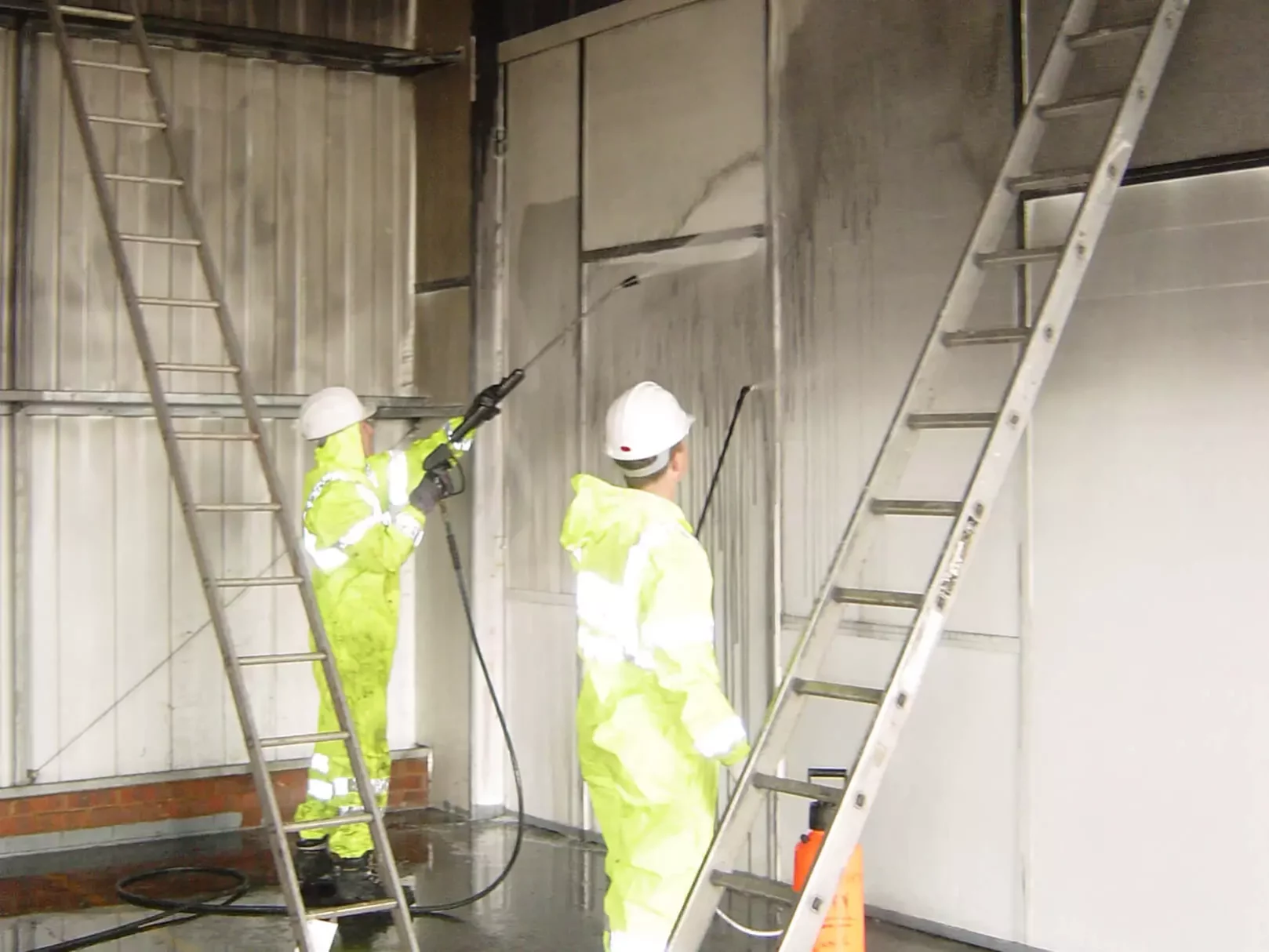Ideal Response has been restoring businesses to safety after fire damage for over 15 years. Statistically, one day it could be you. What steps could you take to avoid it?
Who is responsible for fire safety?
You are responsible for fire safety in your business premises if you are:
- an employer
- the owner
- the landlord
- an occupier
- the person with control of the premises, e.g. a facilities manager or building manager
10 Steps to reduce your fire risk
1.Risk Assessment – The first step to prevention is preparation. Carry out a thorough risk assessment identifying every potential fire hazard and removing or reducing every risk. Create designated smoking areas away from risk. Your risk assessment should be updated regularly.
2.Planning and Training – Create a plan of what to do in the event of a fire then make sure everybody is able to follow it. Make everyone aware of responsibilities and actions required. Each individual should be familiar with how to use a fire extinguisher as well as the type of extinguisher used for each type of fire.
3.Declutter – make every area and access to exits freely accessible & dispose of waste
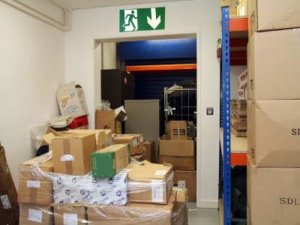
4.Clear – Keep access to fire extinguishing equipment and the space around sprinklers completely clear.
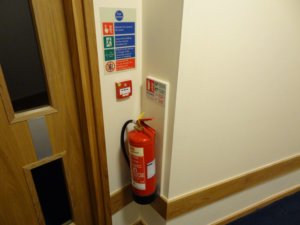
By KRoock74 – Own work, CC BY-SA 3.0
5.Maintenance – ensure all electrical equipment and machinery is serviced and correctly maintained.
6.Test – Test equipment regularly. If faults are found, do not continue use until they are fixed by a qualified person.
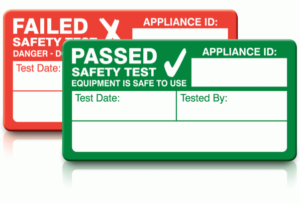
7.Flammable liquids – Remove all flammable liquids from any potential ignition sources, this includes static electricity. Remember that vapours are produced from liquids that may also be flammable.
8.Chemical Storage – Understand the precise nature of any chemicals and store them appropriately. Always ensure ventilation is adequate during use.
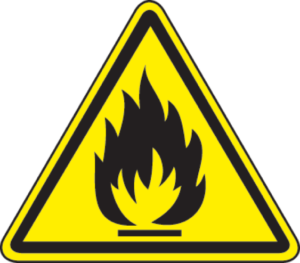
9.Security – Ensure your premises are kept secure and no rubbish or other materials that could be used to create a fire are left accessible outside the building.
10.Contact details – The contact details of everyone you would need to contact in the event of a fire should be available and visible in all relevant areas of the building.
Nobody would wish to experience the devastation fire can cause. If you are unfortunate enough to experience a fire, the remediation process should begin at the earliest opportunity to limit secondary damage to your property and harm to health. We have provided fire damage remediation after fires of all scales; our aim is to minimise disruption, stress and cost and return your business to its former function as quickly as possible. For further advice on preventing fires, check our fire safety checklist for businesses, or find more information on the common causes of primary fires and the different classes of fire.

